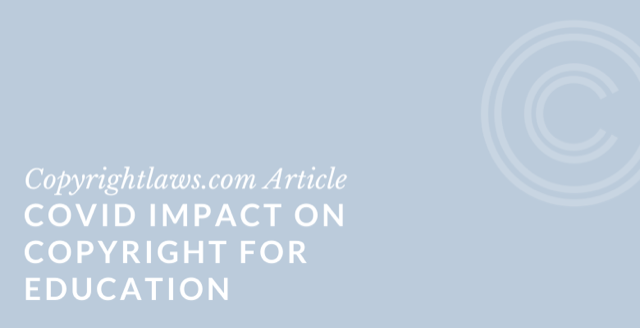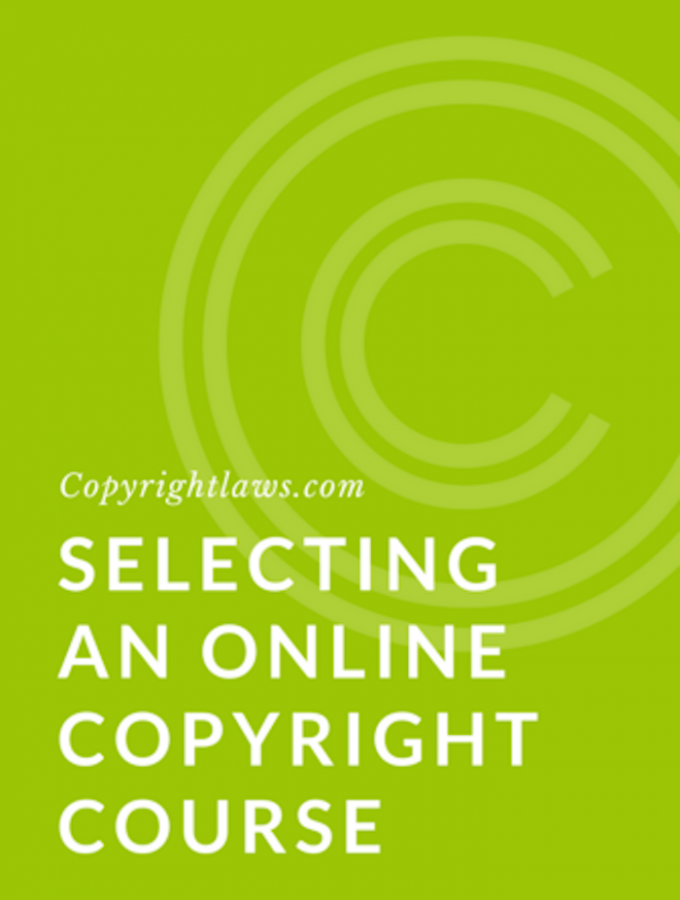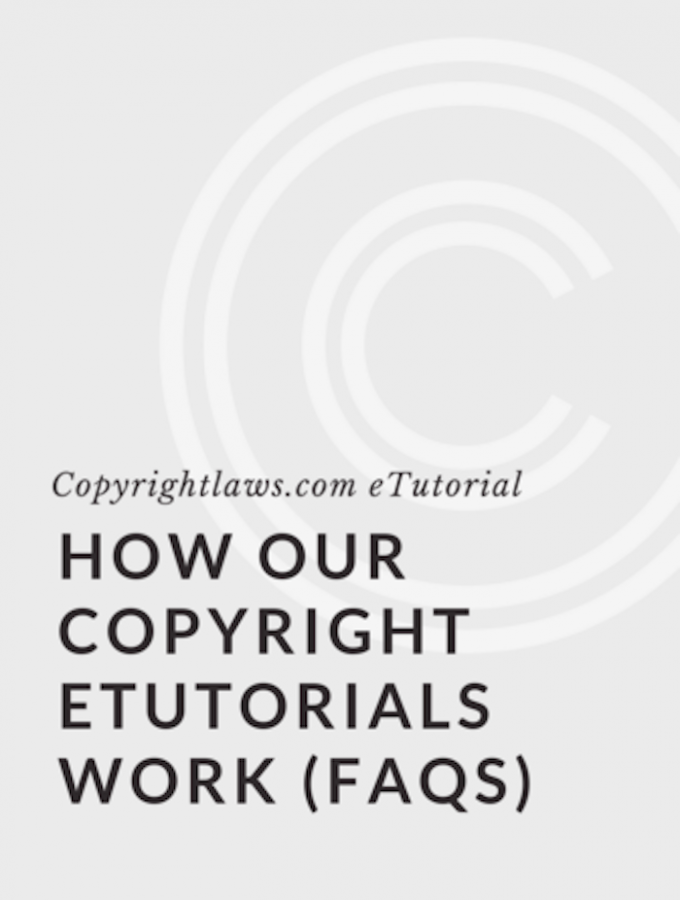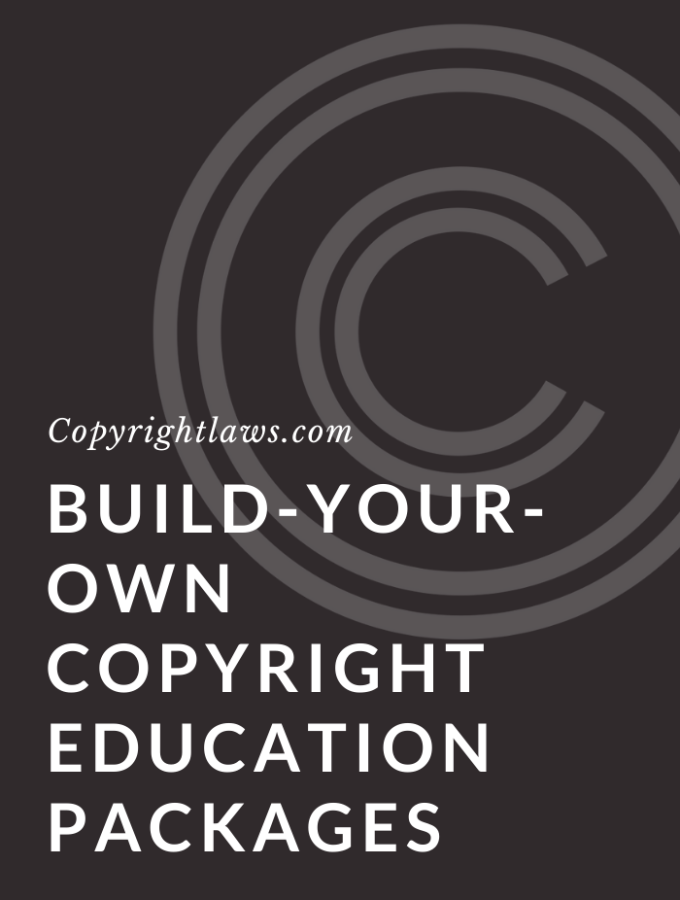
Copyrightlaws.com is excited to share Emily Stannard's article on the impact of COVID on copyright for education in the UK and elsewhere. Ms. Stannard is currently the Head Librarian and IB Extended Essay Co-ordinator at Bradfield College in the UK. Prior to this she was the Copyright and Compliance Officer at the University of Reading. She has been working with copyright and licensing in academic libraries for over 10 years. She says she's also a big fan of tea and cake, being British after all! Ms. Stannard is @copyrightgirl on Twitter. This article was first published on 7 May 2021.

How Has COVID Changed Copyright for Education?
Finding ways to connect students with the content they needed has been one of the biggest challenges during the COVID-19 pandemic for the education sector, particularly schools and colleges.
Much of the key material that schools needed to be able to provide wasn’t readily available online. School librarians, divorced from their physical collections and therefore unable to run the activities they did in normal times had to rethink the ways they could legitimately offer content to their users without infringing copyright.
COVID Impact on Copyright for Education in the Primary Sector
One area in which the impact of this was keenly felt was in the loss of “story time,” a chance for young children to develop their love of books by listening to them being read aloud by a teacher or librarian. A perplexing anomaly with copyright law (and a frustrating one in this digital age), especially in the UK, is that a video or livestream of someone reading aloud from the whole of a book isn’t covered by any of the legal exceptions or defences (I’ve blogged about these issues here). It’s also not an activity which can be licensed.
This was initially a source of consternation to educators and the discussions weren’t just restricted to the UK but were global as well. In the U.S., where fair use is a broader defense for copyright infringement, librarians, copyright experts and celebrities all argued that reading aloud via social media should be considered fair use. This prompted a flurry of blog posts looking into what could constitute fair use when it came to reading out loud.
Interestingly, one of the best things about lockdown was that it didn’t take long for those on both sides of the copyright argument to put aside their differences and work together for the common goal of education. Authors, librarians, teachers and publishers came together to secure copyright permission for educators and others to be able to read aloud to children from books via a livestream or recorded video on YouTube.
Publishers responded, with most of the major book publishers granting permission for this activity, with appropriate acknowledgement and adherence to some terms, for the duration of lockdown. Big names in the community such as Authorfy and Libraries Connected collated and simplified publishers’ permissions for those in education, which became an invaluable tool for librarians.
As we slowly feel our way out of lockdown, we are extremely fortunate to now have access to a plethora of original or revised content from authors and publishers themselves which can be discovered online and used by parents, teachers and librarians alike.
In the Secondary Sector
In the secondary sector, one of the biggest challenges was helping students to access core texts for either coursework or classwork. The strain was particularly felt within the arts and humanities subjects.
During the first lockdown in the UK, teachers who had purchased class sets ready for distribution couldn’t distribute them because of school closures. This meant that other solutions had to be found and it's likely that copyright infringement occurred either inadvertently or in desperation to get texts to students.
Where possible, teachers and librarians turned to texts which were out of copyright and available on sites such as Project Gutenberg. Many others took advantage of extended free trials by e-book suppliers such as Wheeler’s e-Platform and OverDrive (often via the local public library). Of course, the downside of e-book licensing is that only a set amount of one book can be on loan at any time, so this wasn’t really an ideal solution to class sets.
Short stories provided another useful avenue for teachers, with many classic short stories being in the public domain and therefore not subject to copyright restrictions.
With ever more focus on coursework, it was essential that students could access relevant information which could only come from print material, all of which was contained in locked-down and inaccessible school and college libraries. It was a relief when the Copyright Licensing Agency (CLA) increased its licensing provision for scanned copies from 5 to 20 percent of a work for schools and from 10 to 20 percent of a work for universities. This was immensely helpful in ensuring the access needed to these texts once it was confirmed that public [final] examinations would not go ahead.
Now that lockdown is easing, a challenge faced by educators is checking to ensure that content which has been uploaded is either taken down or archived appropriately now that publishers’ permissions have reverted. Teachers and librarians who took advantage of the generosity of publishers’ and licensors’ permissions while the schools were closed must ensure that they are not in breach of the contract terms.
This could be tricky, particularly as teachers may now have become used to having this much of a book available online via a scanned copy and there may be resistance to having to take it down.
What's the Impact of COVID on Copyright for Education in the Future?
I believe that the legacy of lockdown will result in a push towards making content more open and accessible online, with newly published content in particular being distributed in multiple different and flexible digital formats.
Licensors will be under pressure to increase the amount of content which can be made available within a closed education space (e.g. a virtual learning environment) because of increased expectations within the education sector (and this includes higher education).
Librarians will continue to be the gatekeepers of hybrid digital and print collections, and licensing costs and models for e-books and journal articles should be revisited to ensure that educational establishments can get access to what they need when they need it. Librarians are reminded that they can get access to journal articles and e-book chapters via interlibrary loan. For school librarians this is invaluable and cheaper than an inordinately expensive database subscription, many of which are not available to schools.
For the education sector in particular, copyright continues to be a sticking point when it comes to digital. It’s likely that remote or hybrid teaching is here to stay; it will certainly continue to happen in some shape or form. Educators have access to so many digital tools, which helps them to remix and reuse content in very creative ways — never for monetary gain, just for educational value.
Nevertheless, it is vitally important that the creators of original creative works are appropriately remunerated and recognized. Perhaps, after the COVID pandemic, the channels of communication between creators, publishers and educators will continue to be open and enable unique collaborations for content and reuse of content in appropriate and permissible ways.
After all, if the pandemic has taught us anything, it’s that great things can be achieved when we all work together.



